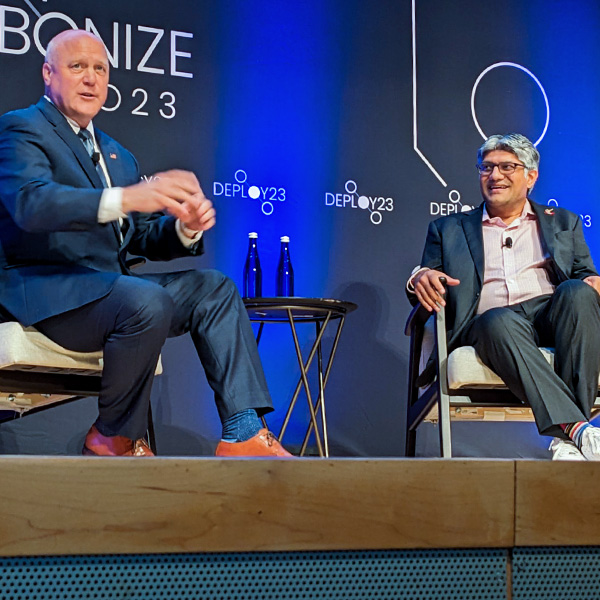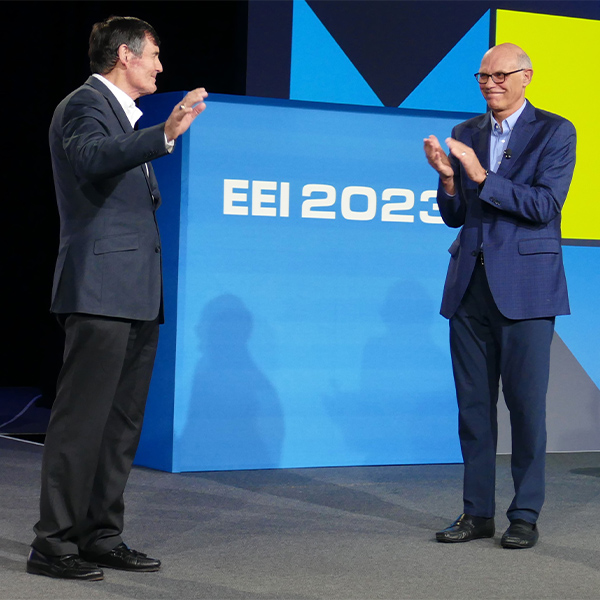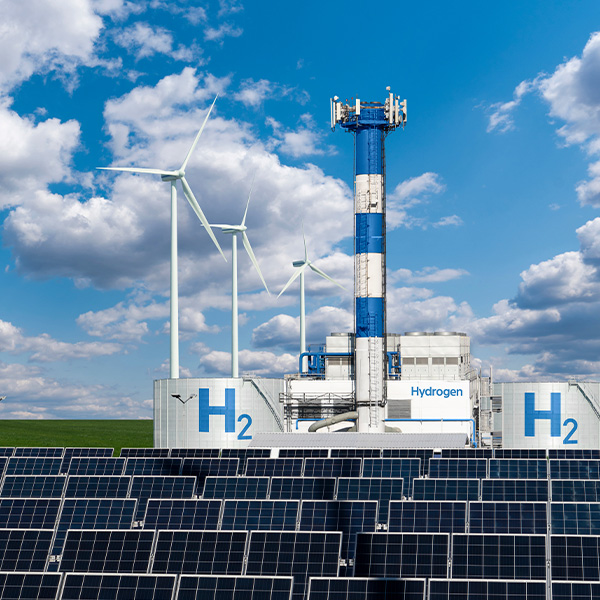DOE Loan Programs Office
Currently under construction, the Viejas microgrid will combine 15 MW of solar with 38 MWh of long-duration, non-lithium storage and is the first loan the LPO has made under its long-dormant Tribal Energy Financing Program.
California PUC President Alice Reynolds set the tone for the theme of climate resilience at the group's annual meeting with a story about the history of the Salton Sea.
Coming off the Earth’s hottest summer on record, the conference zeroed in on the public-private partnerships needed to optimize the impact of every penny of the billions in clean energy funding in the IIJA and IRA.
NARUC's annual Summer Policy Summit attracted more than 1,000 attendees for discussions on understanding and preparing for the challenges that lie ahead.
DOE will loan Ford and Korean battery manufacturer SK On up to $9.2 billion to help them build huge factories in Kentucky and Tennessee for producing EV batteries.
The clean energy transition, the technology and funding to make it happen, were the focus of the Edison Electric Institute’s annual forum.
DOE is estimating that 500 to 750 GW of clean, firm power — including 200 GW of new nuclear — will be needed to reach net-zero emissions economy-wide by 2050.
Jennifer Granholm announced new funding opportunities and projects aimed at expanding access to solar for low- and moderate-income consumers and communities.
DOE released three reports assessing how the U.S. can decarbonize by 2050 through massive deployment of hydrogen, advanced nuclear and energy storage.
A new report found that nearly all coal plants studied “are more expensive to run than replacing their generation capacity with either new solar or wind.”
Want more? Advanced Search










